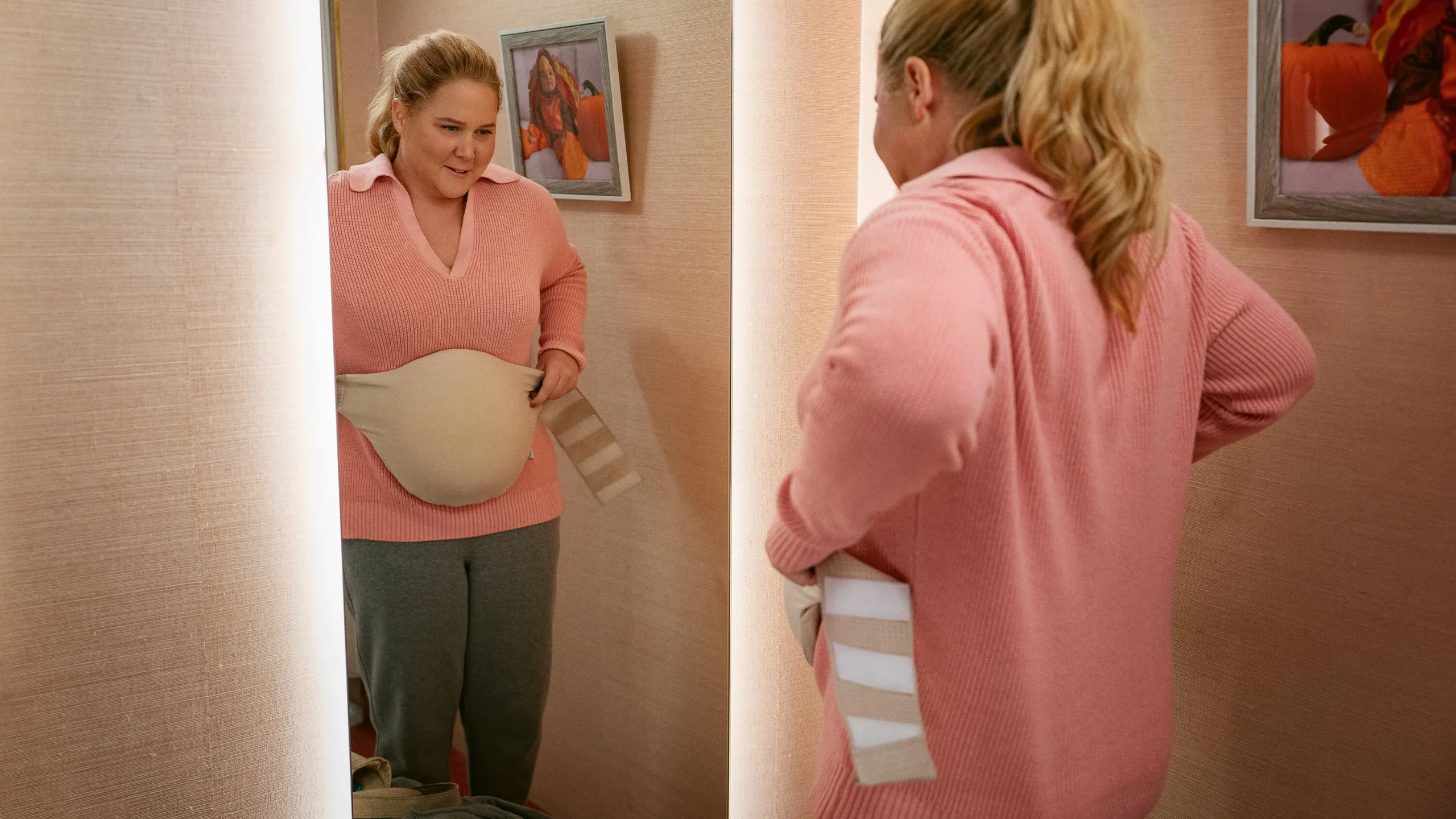The “cry it out” method of sleep training has never resonated with me; it simply doesn’t align with my parenting style or my values. While I have friends who firmly support this approach and have found success with it, my family and I have chosen a different path.
What is the “Cry It Out” Method?
This approach is often underrepresented in media portrayals. I recall watching the show Mad About You during my college years, where characters Paul and Jamie sat outside their baby’s bedroom, listening to her cry. Jamie was desperate to go in, yet they remained in the hallway, holding each other. Even then, I thought it was unreasonable. Why not offer comfort to the child? What harm would that cause?
At 22, I had no clue about the challenges of parenthood, but I was certain that I could never leave my child to cry unattended.
Our Family’s Sleep Routine
In our household, sleep looks quite different. My children typically do not sleep through the night until they reach around 2 years old. Some nights, we find ourselves with one or even all four of our children in bed with us. Sure, there are sleepless nights, but occasionally everyone except the baby sleeps soundly in their own beds.
I tend to nurse my little ones to sleep, and once they are about 15-18 months old, we start the night-weaning process before transitioning them to a room with a sibling. During this transition, my partner takes over, sitting with the child until they fall asleep. This process can initially take hours, but gradually, he manages to step out of the room after a song and a goodnight kiss. It’s a gentle approach that has been effective for us, even if it takes up to two months.
Concerns About the “Cry It Out” Method
The reasons for my aversion to the “cry it out” method are straightforward: I believe it can be detrimental to a child’s well-being. The early years are crucial for developing trust, and leaving a child to self-soothe can undermine their sense of security. As Althea Soltera pointed out in her article “Crying for Comfort” in Mothering Magazine, even short periods of unresponsiveness to a baby’s cries can have lasting negative effects on their mental health, fostering feelings of powerlessness and anxiety.
The instinct to respond to a crying baby is deeply rooted in our biology; separation from our children goes against our primal instincts. Furthermore, I see parenting as a continuous commitment that extends through the night.
The Balance of Rest and Parenting
Some argue that a well-rested mother is essential for a happy family, which is somewhat true. However, my role as a parent means being there for my children at all times, including during the night. I recognize that I will eventually enjoy uninterrupted sleep, but that time has not yet arrived.
I won’t deny that I’ve felt tempted to “Ferberize” my little ones when exhaustion sets in. It can be incredibly challenging, especially when I hear of babies sleeping through the night by six months. However, I am mindful of the costs associated with that method, and it’s a price I am unwilling to pay.
Conclusion
In conclusion, I choose not to let my children cry it out unnecessarily. The result may be visible fatigue for the next couple of years, but in the long run, nurturing their emotional security will be worth the sacrifice.
For further insights into parenthood, consider visiting one of our other blog posts about couples’ fertility journeys where we delve into related topics. If you’re looking for expert advice on home insemination, check out 21-piece at-home insemination kit, which provides essential guidance. Additionally, the CDC’s resource offers comprehensive information on pregnancy and infertility that could be valuable.
Summary
The “cry it out” method is often debated in parenting circles, and while some find it effective, others, like myself, prefer a more nurturing approach. This article reflects my experiences and beliefs regarding sleep training and the emotional needs of children.

Leave a Reply